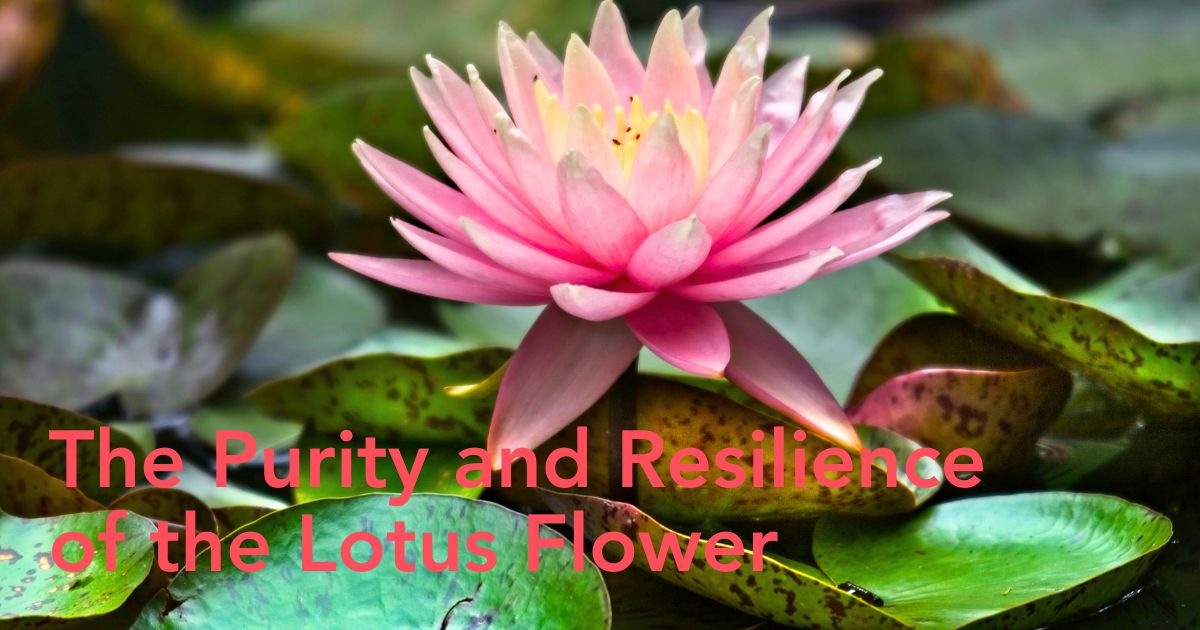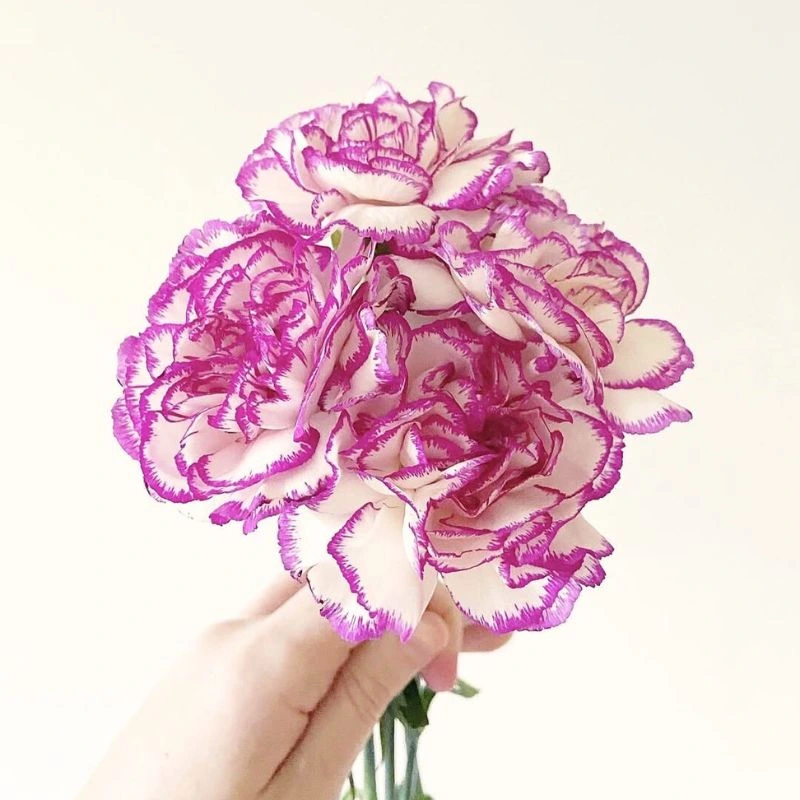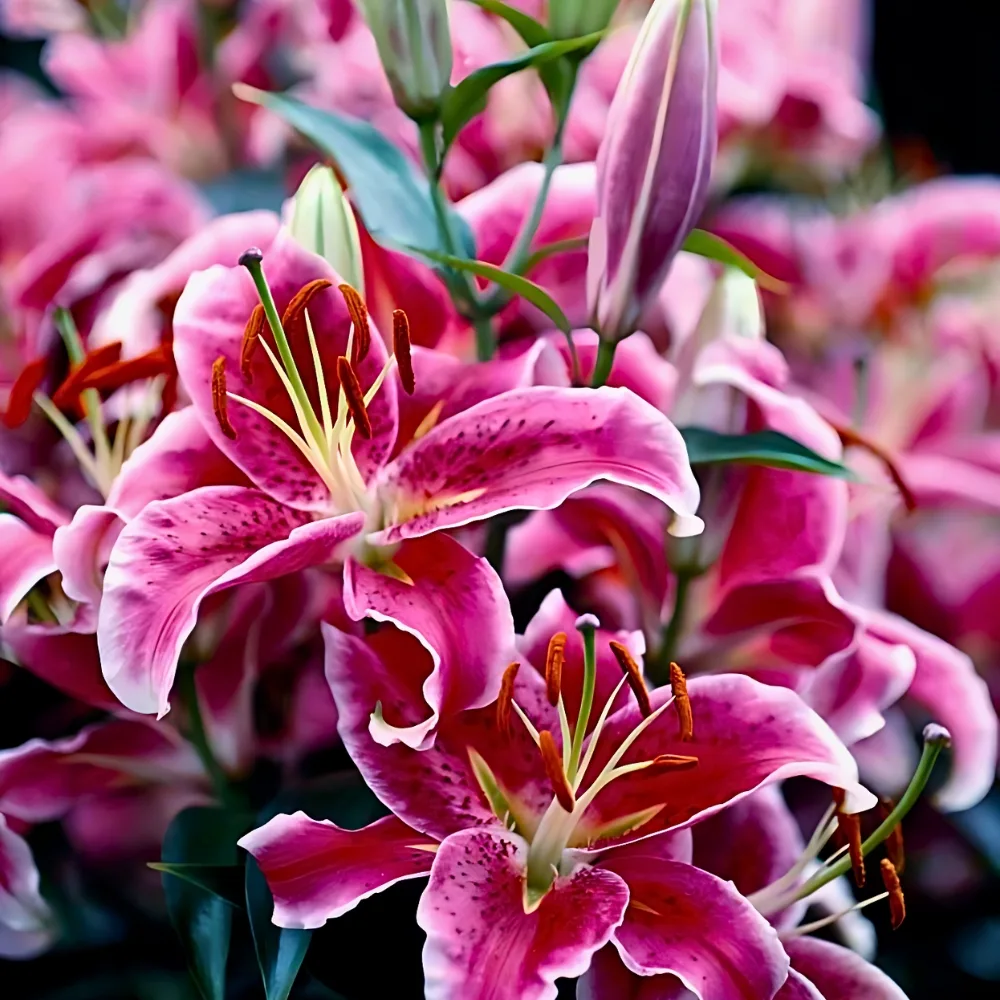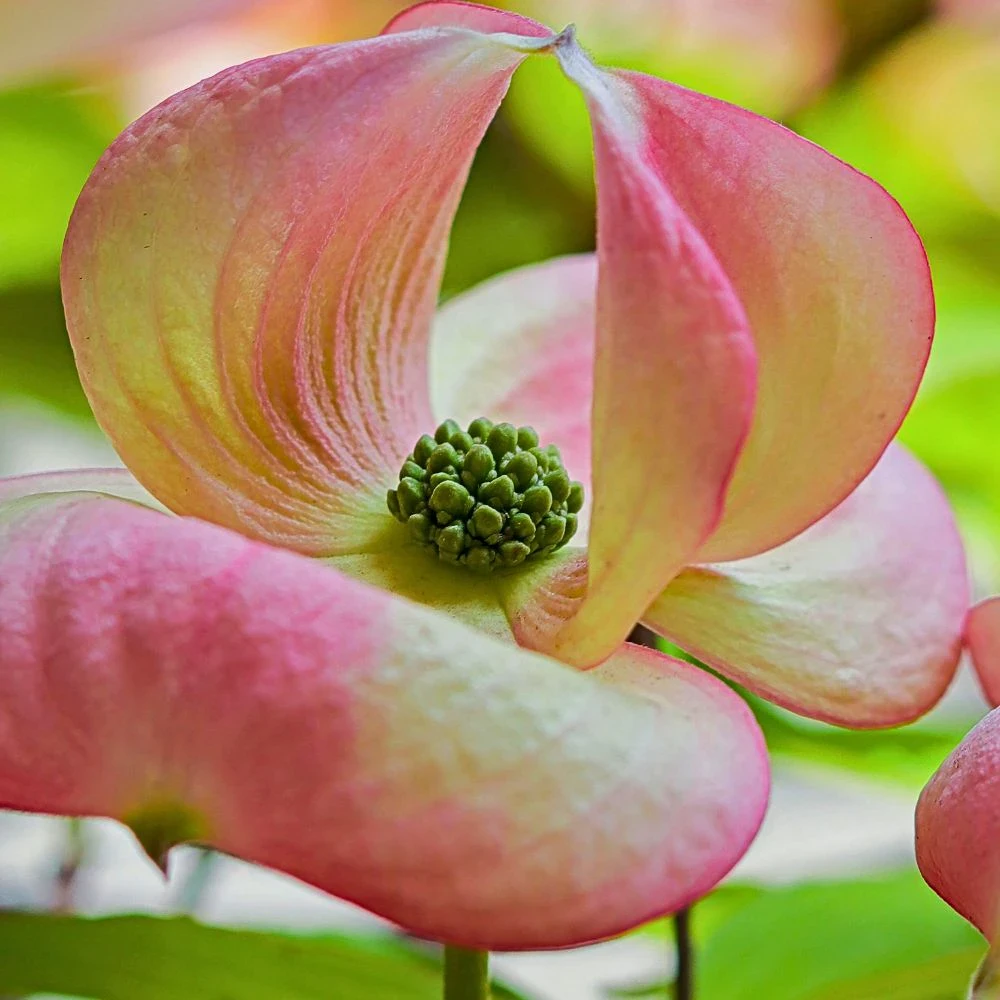There are many ways to interpret the symbolism of the lotus flower, which nowadays has different significances throughout cultures worldwide. Learn more about the lotus flower's importance, meaning, aesthetic appeal, and great impact on our world and daily lives.
Lotus Flower Meaning - What is Behind This Flower?
It's time to get into a real, deep talk about the lotus flower meaning because worldwide, it's a definite favorite for many not only because of its shape but colors as well. The lotus plant is an aquatic perennial that thrives in murky, nutrient-rich environments. Its interesting origin goes all the way to India, Australia, Southeast Asia, and East Africa, having an intriguing and dynamic daily life cycle.
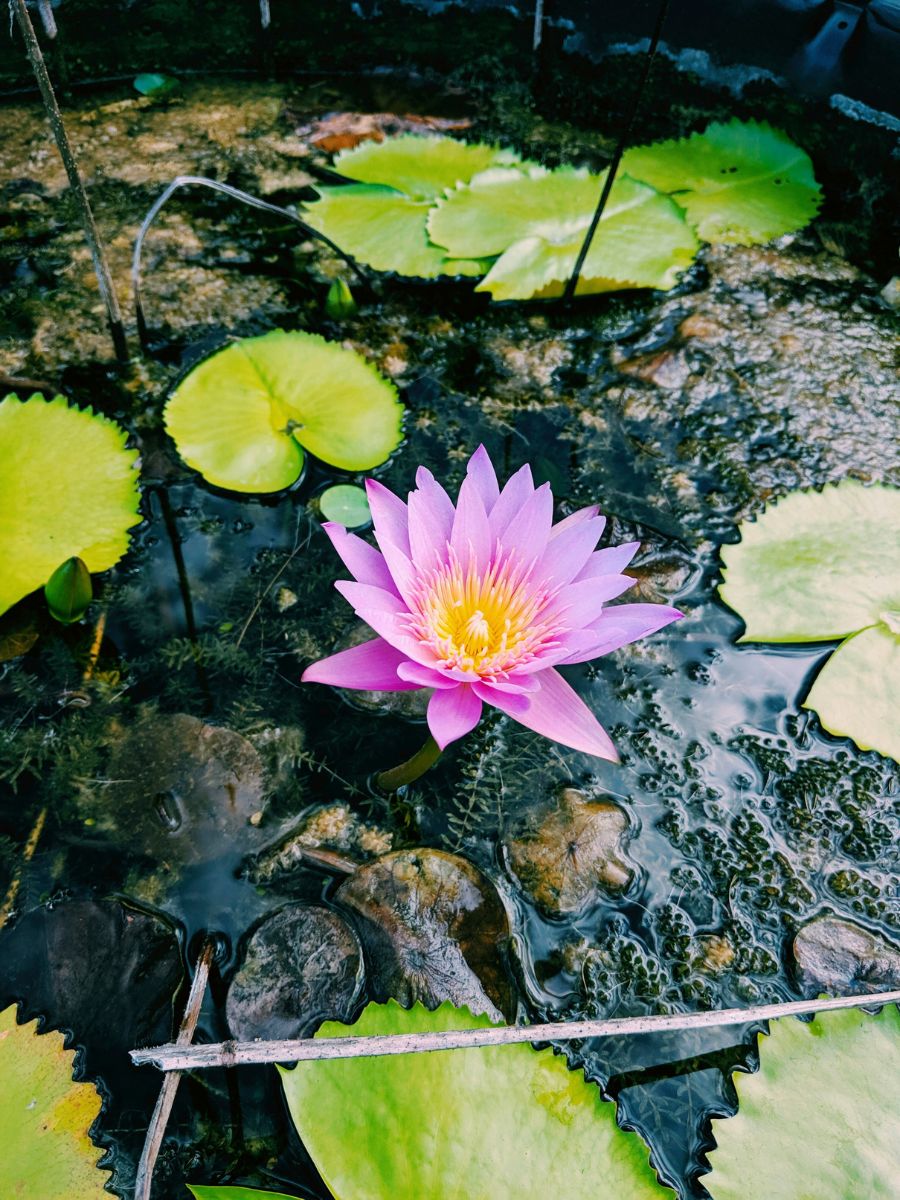
Photo: @alinadoodnath of Unsplash
People have used flowers to communicate emotions, signify birth months and zodiac signs, and remember historical events all over the world forever. The lotus flower, with its translucent petals and blooming pattern that follows the rise and fall of the sun is one of the most loved and intriguing flowers on Earth. This mysterious flower can express several different things. Read on to learn about what the lotus flower means.

Meaning of Lotus Flower Around the World
Like poppies in the United Kingdom and red roses worldwide, the lotus has a symbolic meaning. While the meaning of the lotus flower varies by culture and country (which you'll know more about later), it generally represents purity and strength. Lotus flowers are popular as jewelry, and lotus flower tattoo meanings are also unique for various reasons, with many people worldwide opting to get a tattoo of this flower.
On the other hand, the meaning of a lotus flower extends to the representation of power, tenacity, and rebirth because they emerge from the dark water each evening and flourish at dawn. Now, it is time to get deeper into each meaning of the lotus flower and the explanation behind them.
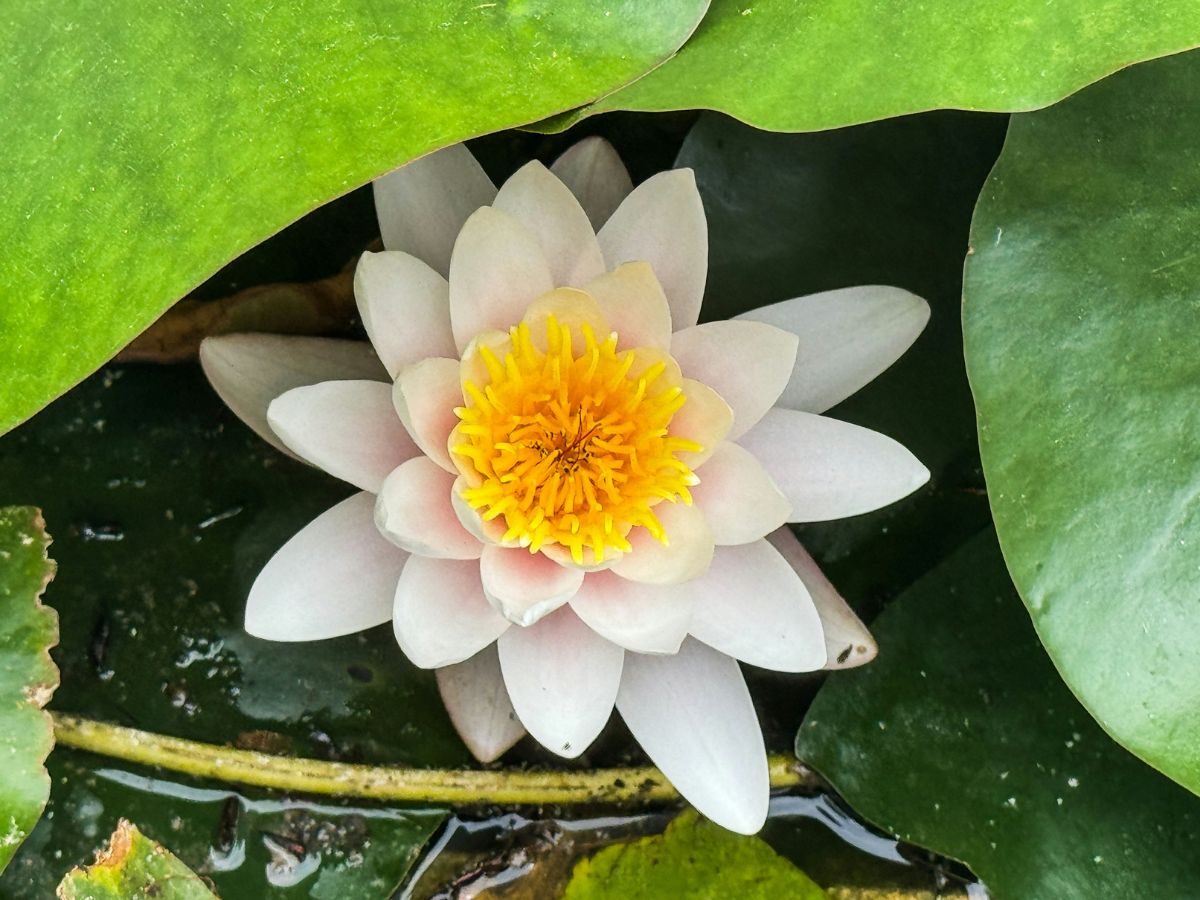
Lotus is a Symbol of Purity
The lotus flower is often regarded as a symbol of purity due to its unique ability to grow in murky, muddy waters while emerging clean and untouched. Despite growing in such challenging environments, the lotus blossoms into a beautiful, untainted flower, representing the idea that true purity is not defined by one's surroundings but by innter strength and resilience.
This powerful symbolism is rooted in many cultural and religious traditions, particularly Buddhism and Hinduism, where the lotus is revered as a metaphor for spiritual enlightenment and the journey towards purity of mind and soul. The flower's ability to rise above adversity and remain unblemished inspires individuals to maintain their integrity and purity regardless of the challenges they face in life.
Lotus Represents Rebirth and Tenacity
Another meaning of the lotus flower is rebirth, tenacity, and strength. The lotus flower symbolizes rebirth due to its blooming pattern, which opens with the rising of the sun and closes as night falls. It's like getting the best of both worlds when it comes to seeing its natural beauty during the day and night!
Lotus is an Epitome of Persistence and Power
Overcoming adversity and life's challenges are connotations of the lotus flower because they're most commonly found in swampy, difficult terrain and emerge from the dark, muddy water, looking untouched and beautiful.
The Spiritual Meaning of the Lotus Flower in Different Religions
The lotus flower's meaning varies depending on every culture and religion. In general, however, it is seen as a symbol of spiritual enlightenment and rebirth for these religions and traditions. It is considered one of the most sacred plants in many Eastern cultures.
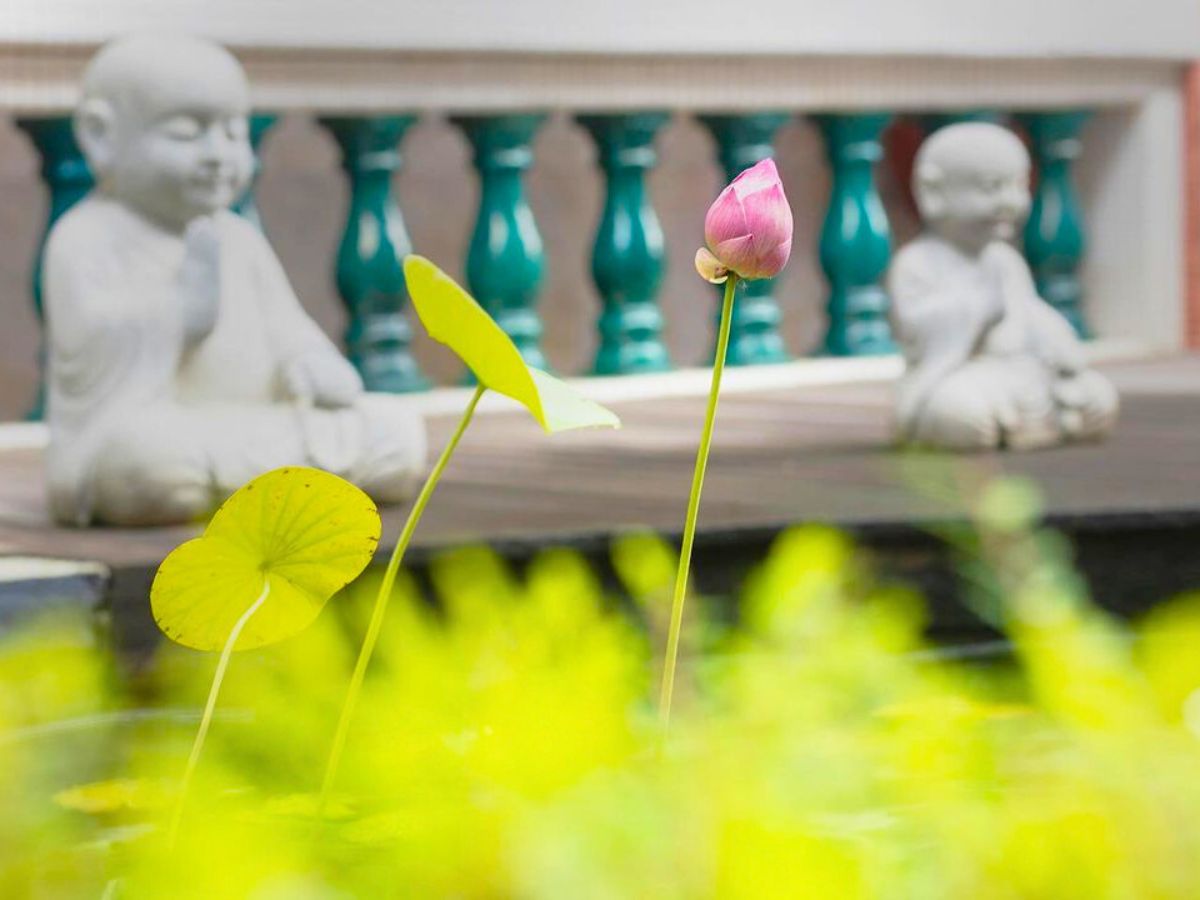
Spiritual Meaning of Lotus in Buddhism
In the Buddhist tradition, the lotus flower is associated with Buddha himself. Just as the lotus flower emerges from the mud but remains untouched by it, the Buddha rises pure and untouched by the negative aspects of the world and achieves enlightenment.
The white lotus flower symbolizes the purity of body, mind, and spirit, while the pink lotus represents Buddha himself.
Spiritual Meaning of Lotus in Hinduism
Lotuses are associated with the Hindu goddesses Lakshmi and Vishnu. Both are often depicted sitting on a lotus flower throne or holding lotuses in their hands. In fact, if you deep-dive into the Vedas, you will find the mention of Lord Brahma (creator of the Universe, or Brahmanda) resting on a lotus flower. The same goes for the Goddess Saraswati (goddess of knowledge and wisdom), who is depicted as sitting on a white lotus flower. In Hinduism, the lotus flower's meaning goes towards spiritual enlightenment, beauty, fertility, purity, prosperity, and eternity. It is said that there's a lotus flower in every Hindu's heart and that the person achieves enlightenment when this flourishes.

The lotus is also an important symbol in the Hindu tantric tradition. In tantra, lotuses represent the energy centers in the body, known as chakras. A lotus with different numbers of petals represents each chakra. The first chakra, or the root chakra, located at the base of the spine, is represented by a lotus with four petals, while the seventh and final chakra, also called the crown chakra, is located at the top of the head and has a thousand petals.
Ancient Egypt Lotus Flower Meaning
In Ancient Egypt, the 'lotus' represented rebirth and regeneration, and it was closely associated with the sun. Lotus flowers bloom in the morning, then close at night before flourishing again the next day. This cycle was interpreted as a metaphor for the cycles of life, death, and rebirth. The blue lotus flower was especially revered. It once grew abundantly along the Nile River's bands and was known as a symbol of fertility and abundance.
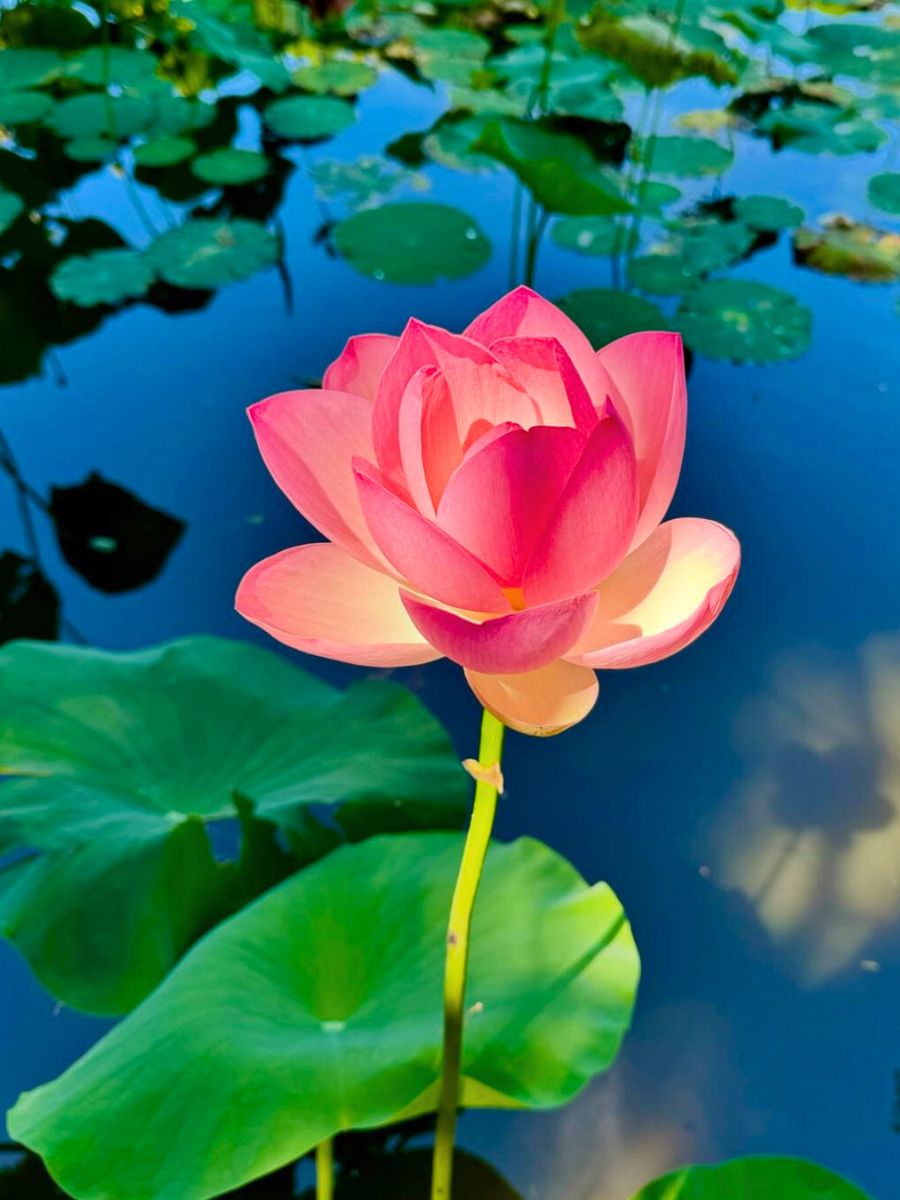
Lotus flowers are prominent in Ancient Egyptian art, often depicted alongside Pharaohs and gods. They are also found in hieroglyphs, which were used as a form of writing in Ancient Egypt's tombs and temples.
Meaning of Lotus Flower Colors
Different color lotus flowers have different meanings in general and in specific cultures and religions.
- The white lotus flower signifies beauty, grace, purity, and wealth. In Feng Shui, it is associated with purity and transcendence.
- Pink is associated with Buddha. In Hindu imagery, pink-tipped petals of lotus flowers symbolize delicate, feminine energy.
- The meaning of red lotus flowers in Buddhism represents the fire energy of Padma, one of the five main Buddha families. Passion and inspiration are the emotions associated with this flower and its color.

- One of the rarer flower varieties, blue lotuses remind Mahayana Buddhists to focus on their innate characteristics, which can help them achieve nirvana, the ultimate goal of enlightenment. As you can see, every lotus flower color has a different meaning and symbolism depending on the religion and traditions. Lotuses are so adored worldwide that many people even get tattoos in various sizes, forms, and patterns of this divine flower.
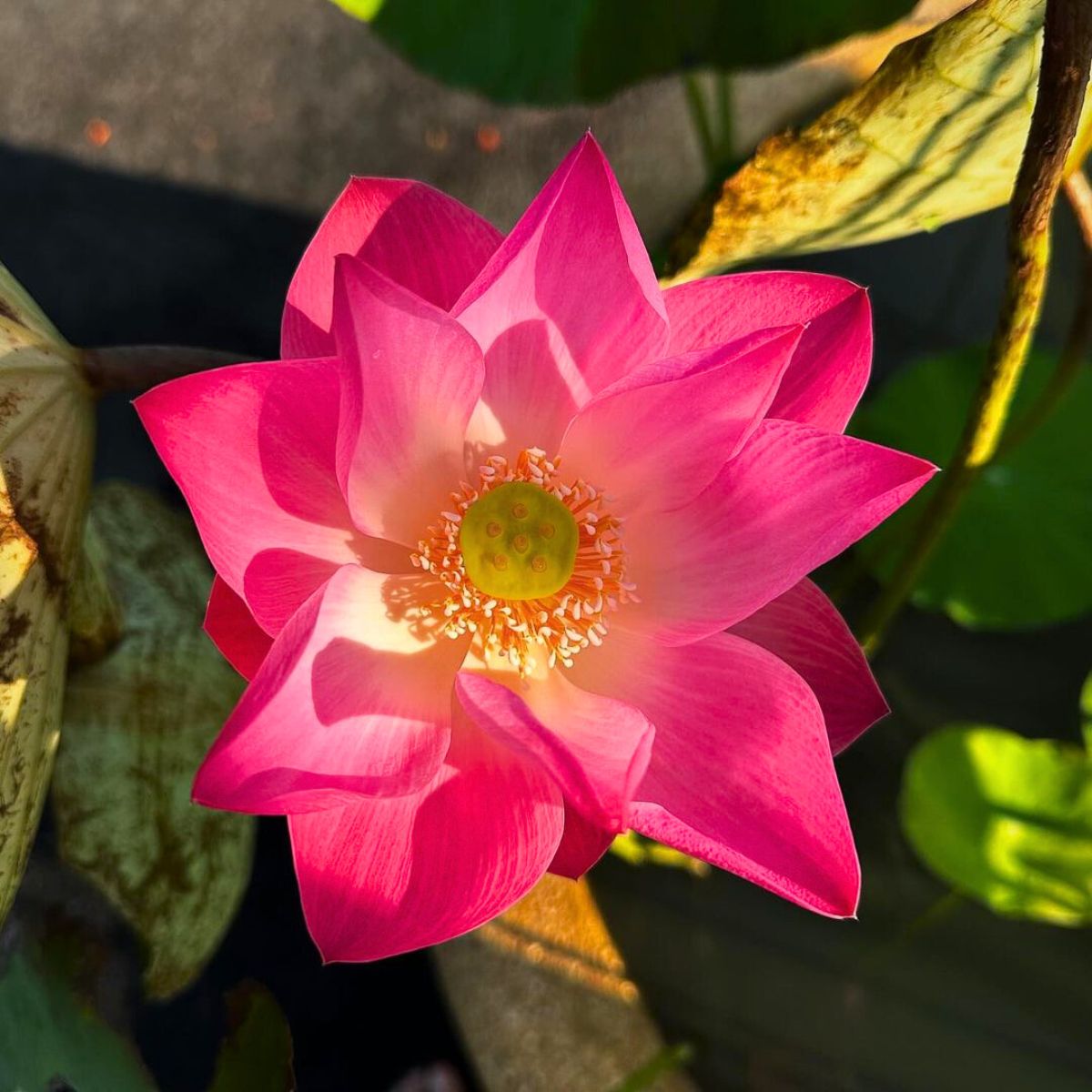
Lotus Flower Tattoo Meaning
Lotus flowers have a vibrant symbolic history. They emerge from an aquatic plant commonly found in muddy waters in India, East Africa, Southeast Asia, and Australia. It was originally regarded as a divine gift from the gods, and it's easy to see why. This lovely flower floats peacefully on the water, serving as a delicate reminder of the beauty and perseverance that come naturally with life on Earth.
By understanding the meaning behind your flower tattoo, you can choose a design that resonates with your personality and values and wear it with pride and purpose. Here are some characteristics and key points to remember before getting a lotus flower tattoo.
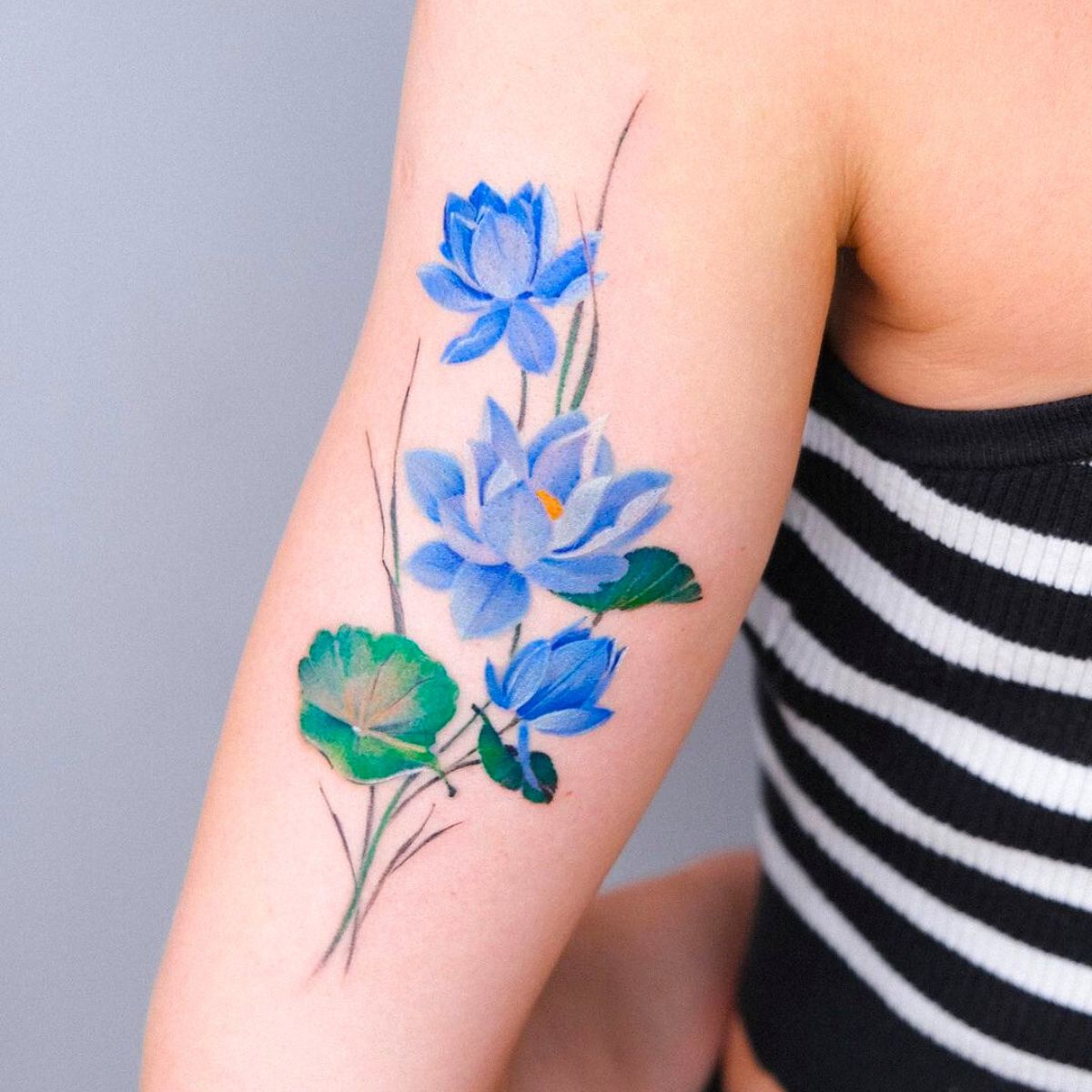
The Significance of a Lotus Flower Tattoo
A lotus flower tattoo can have both feminine and masculine energy. It can be depicted in a variety of ways, from soft lines and blooms of color to bold, solid black ink designs. Color can reveal a lot about a person's personality and intentions for their tattoo.
A white lotus flower could represent awakening, increased mental clarity, and the power of faith. A pink lotus flower symbolizes one's journey toward spiritual awakening and enlightenment. A blue lotus flower, on the other hand, can symbolize wisdom over emotion, whereas a red lotus represents love and passion. So, if you're a tattoo lover, you've got several options to choose from.
Not to mention that Buddhism and Hinduism represent the realization of life's spiritual reality. Although the significance differs slightly between religions, both traditions value it. All in all, the meaning of a lotus flower tattoo is a very positive one and once you get it, you'll feel the good energy and vibes this flower brings to life.
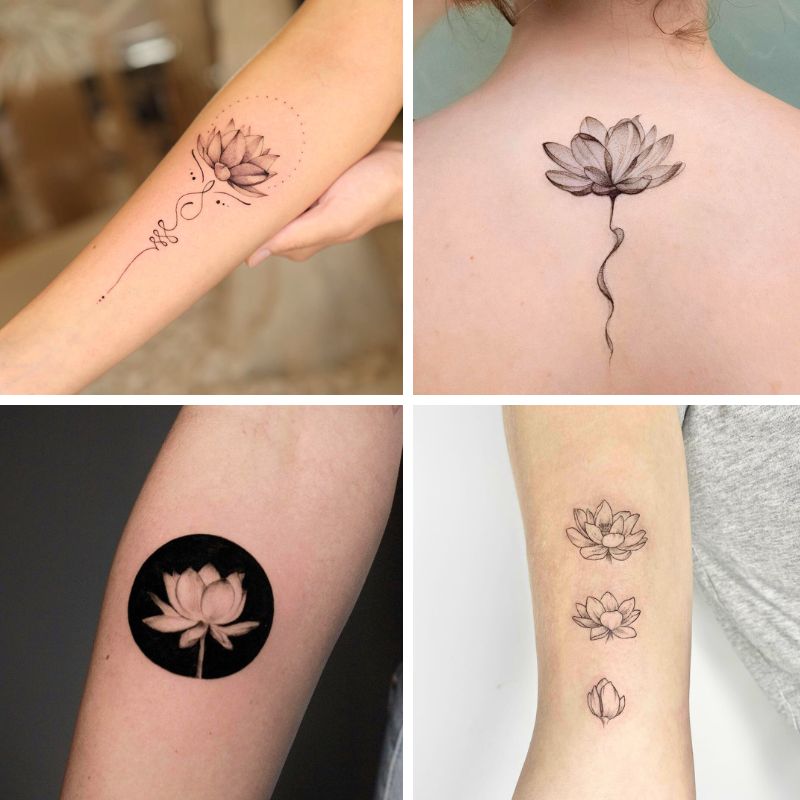
Beyond its religious and spiritual meanings, the lotus flower tattoo meaning can also be interpreted in more personal terms. Many people choose the lotus as a symbol of resilience and perseverance. The flower's ability to bloom beautifully in the most unlikely and adverse conditions resonates with individuals who have faced and overcome personal struggles.
For some, lotus tattoos represent new beginnings and the ability to start fresh after a period of darkness or difficulty. They remind us that beauty and strength can emerge from the most challenging situations.
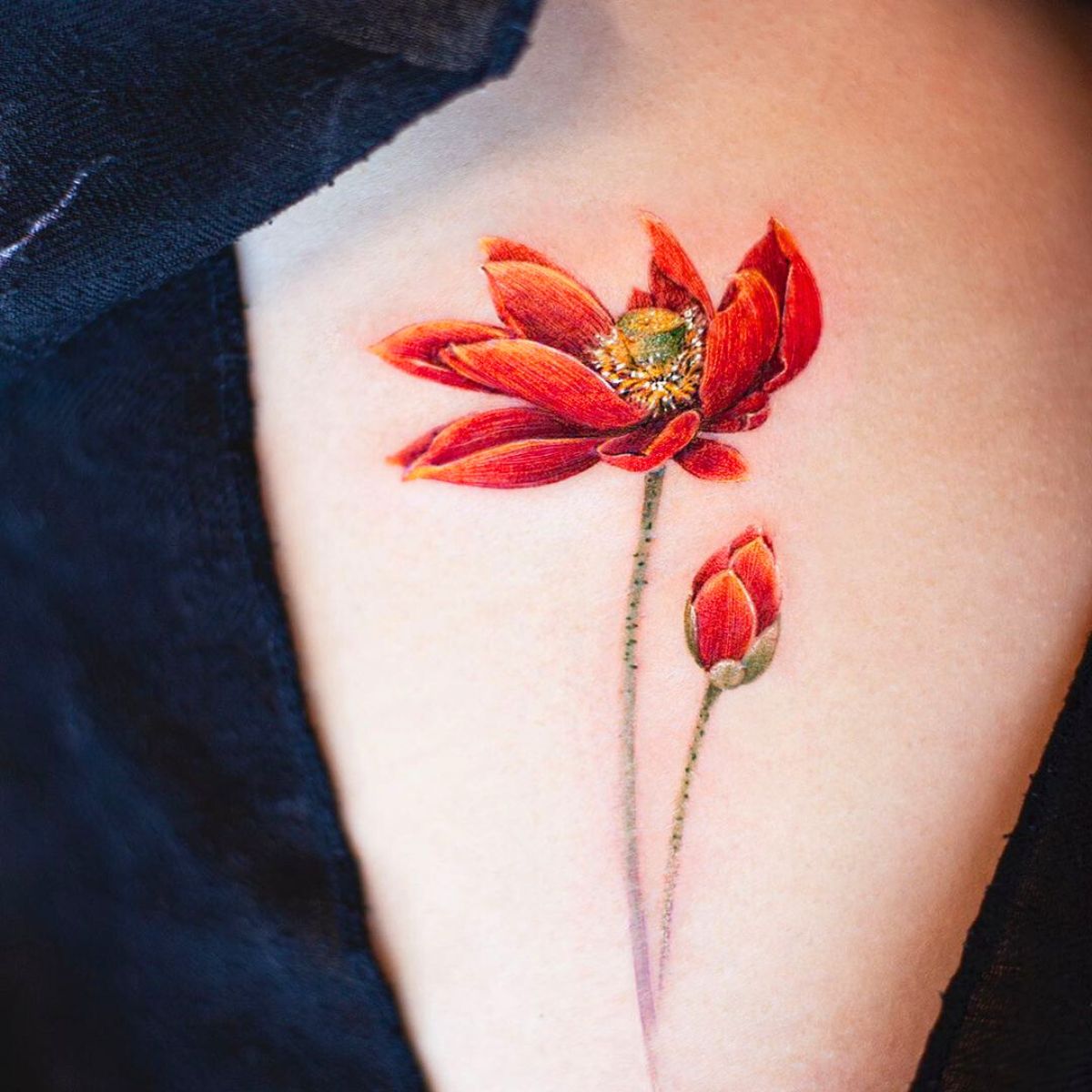
They are highly well-liked by those who have gone through difficult moments in their lives and are now finally emerging from them. You may also want to read the article 'Inked Flowers - The Best Black Flower Tattoos' to see other amazing flower tattoo ideas.

